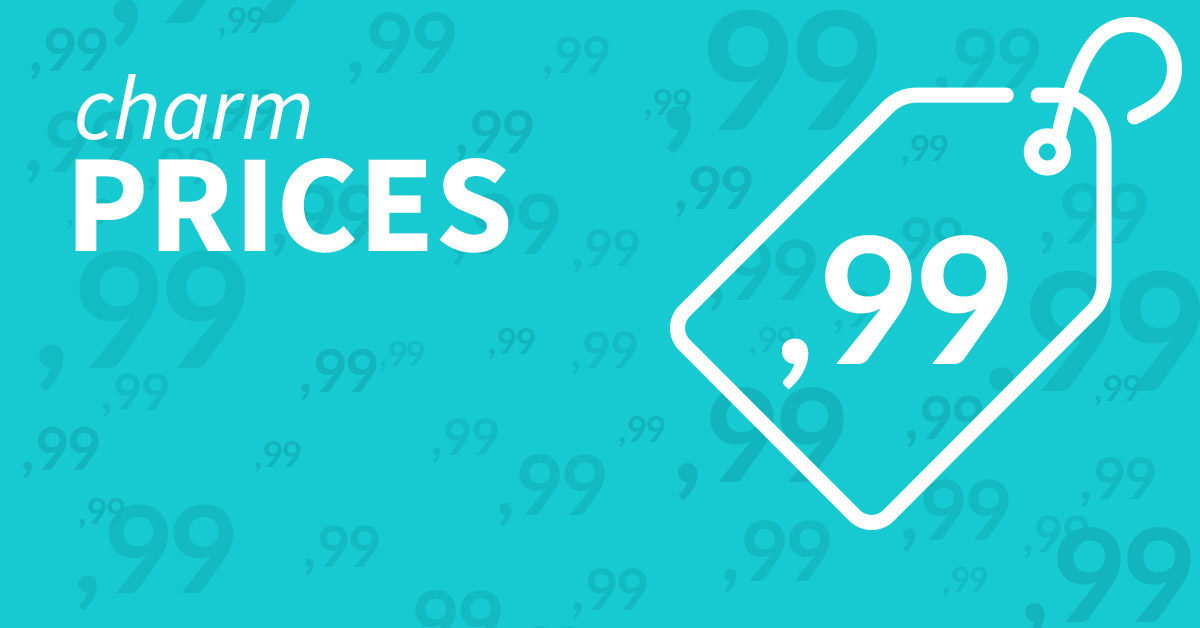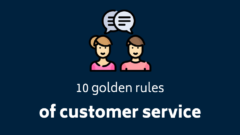With the newest update of the CodesWholesale API comes the new feature that can automatically make prices in your digital games store look a bit more charming. To make the most out of charm prices, and to use them knowingly, you need to understand the psychology behind consumer behaviour. It turns out that even the slightest difference in numbers can affect the perception of the price.
What are charm prices?
Charm prices are basically the prices that end with number nine. You can see them everywhere. These odd numbers make cashiers lives harder, but still, store owners around the world insist on using them. Why? Because they work. When a customer’s mind is not made up yet about buying your product, charm prices can provide that extra psychological push that prompts them to make a purchase. How is this possible? There are a few mind tricks behind this phenomenon.
The power of number nine
According to this research, 9-ending prices can outsell the lower prices of an identical product by 24%. In the study, consumers were offered the same products at different prices – $44, $39, and $34. The $39 one sold the best because prices that end in nine are subconsciously associated with a discount. When seeing a $9-ending price, consumers assume that the regular market price was higher, and now they have the opportunity to grab the product for cheap.
The left digit effect
Most people are conditioned to read from left to right. Leftmost digit captures attention and all the subsequent ones are perceived as less important. That’s the reason why charm prices have the biggest influence on customers when the first digit of the price changes. The consumer’s brain perceives the gap between $69.99 and $70 as much bigger than it is in reality. The left-digit effect makes a difference of 1 cent look like a difference of ten dollars. The lower the price looks, the less decision-making is involved in purchasing a product.
Customers hardly ever notice the ending digits of the price. They don’t see much difference between 19$ and 19.99$. It is much welcome from the standpoint of retailers because they can earn almost a dollar more on every item sold. Plus, the buyer keeps the impression of buying at a low price.
Expected price
Your potential clients usually have some idea about how much the product should cost before they shop for it. If they expect a certain video game to cost around $40-45 and the actual price is $39.99, they see it as a deal. This feeling can convert even the most rational person into the impulse purchaser.
Precise pricing
Odd prices look like they are set to a particular level intentionally. Precision creates the impression that it’s the lowest price possible. Products appraised precisely get sold faster than those with rounded prices and buyers are less likely to haggle.
Keep your price tags simple
This study revealed that the simplest solutions work the best when it comes to pricing. The fewer digits a price contains, the better. For instance, consumers perceived the product with the $1499 price tag as much cheaper than the one priced $1,499.00. The reason for this effect is that people engage their auditory sense in processing what they have read. Fourteen ninety-nine sounds cheaper than one thousand four hundred and ninety-nine.
When rounded prices are a better option
Not every type of consumer will get hooked on 9-ending prices. To learn if charm prices will work well for your business, first, try to understand what motivates your clients to buy. Are they mostly discount hunters or do they prefer buying luxury products? Stores that sell high-end goods can easily get away with boldly rounded prices that indicate quality. Retailers who want to appeal to deal-lovers should use charm prices consistently, not only during a sale.
About the author

- Elliot
- Content specialist and gaming enthusiast. Trained to be a philosopher. Interested in Deep Learning, scalability and startups.






